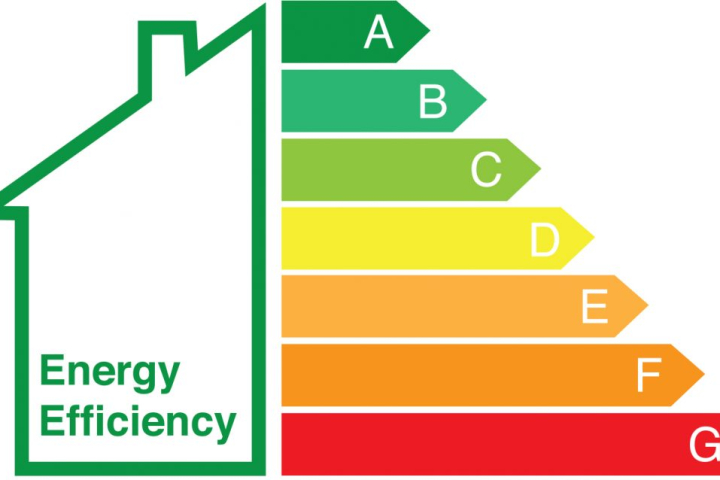The Bank of England Monetary Policy Committee voted 5 to 4 to lower the base rate by 0.25%, from 4% down to 3.75% its lowest level in nearly three years.
A leading lettings and estate agency claims that both landlords and tenants are struggling to engage with the Energy Performance Certificate system, raising serious questions about its usefulness in future.
MPs have expressed disappoint at the latest official housebuilding figures showing a dip in development despite the Government’s aim to build 1.5m homes by 2029.
National and local policies will be given equal power when deciding whether developments are given the go-ahead, rather than local decision-makers being overruled.
The new chief executive of campaigning charity Shelter has sharply criticised the government over its refusal to unfreeze the local housing allowance (LHA).
Rental payments will be reflected in credit scores, one of the UK's main credit ratings agencies has said.
Chaos has surrounded the delivery of Chancellor Rachel Reeves’ second Budget. The Office for Budget Responsibility (OBR) accidentally released full details of the Budget even before Reeves spoke in the Commons.
Rental growth is expected to stabilise to pre-Covid norms over the next couple of years as surge in tenant demand subsides, forecasts Savills.
- Renters’ Rights Act To Be Implemented On 1st May 2026
- The Building Safety Regulator (BSR) Is To Scale Up Capacity
- Renters’ Rights Bill gets Royal Assent
- UK Build To Rent Market Update
- Shock For Labour As It Looks Set To Miss Housing Target
- Autumn Budget Tax Fears Slow Buyer Demand
- Renters Rights Bill Final Debate Date Set
- Landlords Should Be Abolished Say The Green Party




_medium.jpg)



